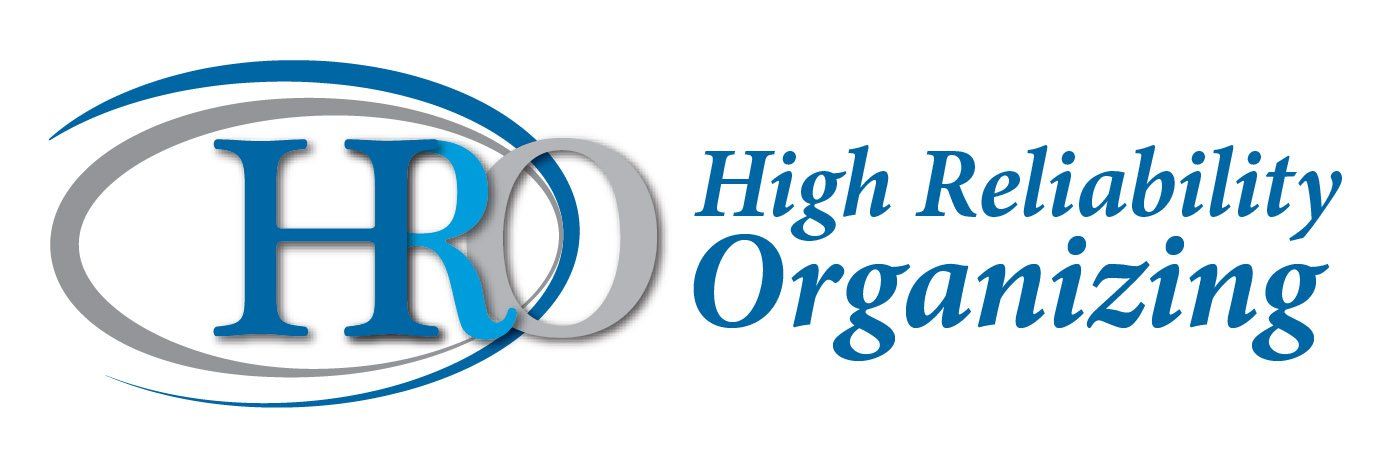Models of HRO
Click on the names below to view an HRO Model.
High Reliability Organizations
HRO describes a subset of hazardous organizations that enjoy a high level of safety over long periods of time. What distinguishes types of high-risk systems is the source of risk, whether it is the technical or social factors that the system must control or whether the environment, itself, constantly changes. This latter can be controversial to observers as environments change within a range of expected extremes. It is the surprise of the change, its unexpected presentation that influences the level of reliability. The coupling between technology and people creates the socio-technical system.
Four organizational characteristics of the HRO limit accidents or failures:
- Prioritization of both safety and performance and shared goals across the organization;
- A “culture” of reliability (or, better, attitude toward reliability) that simultaneously decentralizes and centralizes operations allowing authority decisions to migrate toward lower ranking members;
- A learning organization that uses “trail-and-error” learning to change to the better following accidents, incidents, and, most important, near misses;
- A strategy of redundancy beyond technology but in behaviors such as one person stepping in when a task needs completion.

